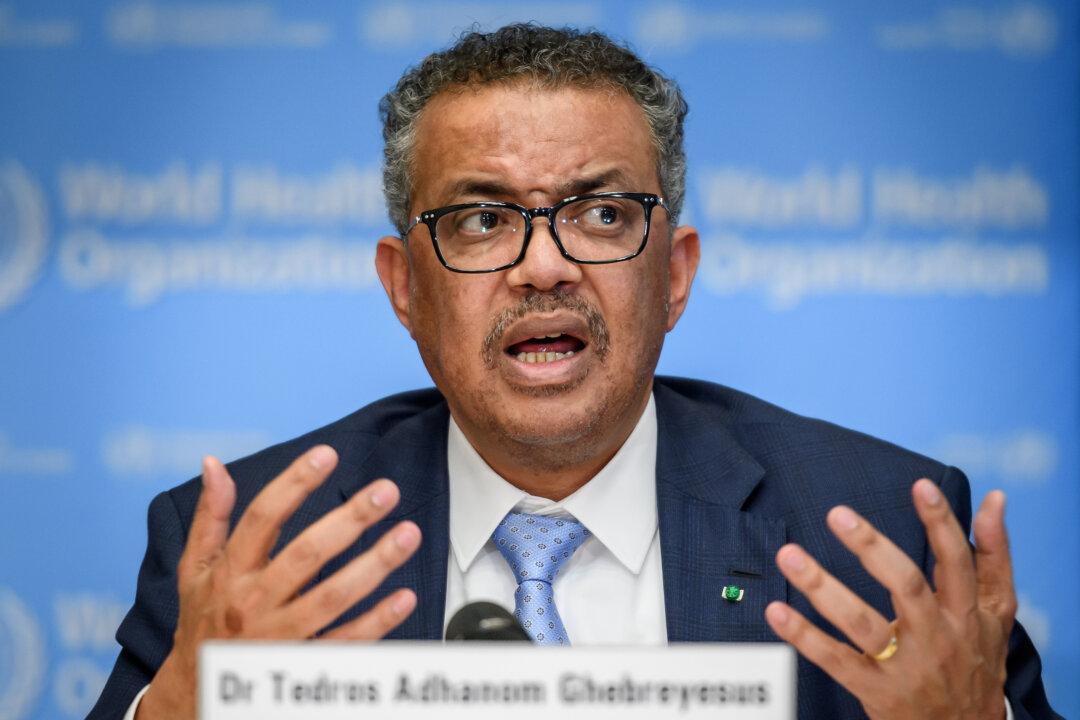The World Health Organization on Wednesday unveiled an updated plan for COVID-19 that, if implemented “rapidly and consistently” this year, will allow the world to end the emergency phase of the pandemic.
The plan—the WHO’s third on COVID-19—includes three potential scenarios for how the virus might evolve in the next 12 months: a base case, a best case, and a worst case. Key objectives include reducing COVID-19 infections, and effectively diagnosing and treating COVID-19 cases to reduce deaths.





